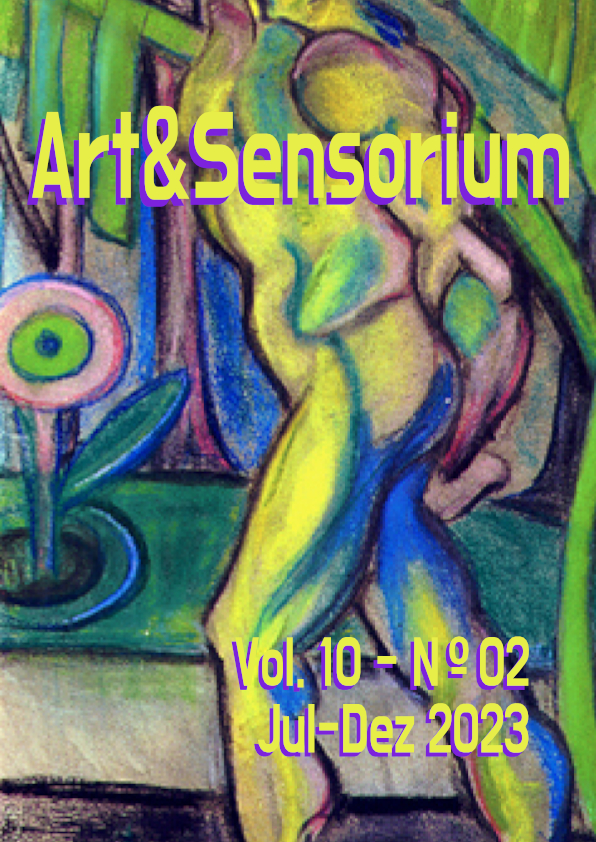BETWEEN THE MUSEUM AND ITS MUSICAL INSTRUMENTS: AN ORGANOLOGY
Uma organologia
DOI:
https://doi.org/10.33871/23580437.2023.10.2.120-137Abstract
This article presents the musical collection of the National Museum of Immigration and Colonization (MNIC) in Joinville, SC, Brazil, and is linked to an ongoing doctoral research. The research focuses specifically on studying the pianos of the musical collection. However, they are part of a whole and during interdisciplinary studies in Cultural Heritage and Society and discussions regarding this musical collection emerged the problem question: what would be the musical instruments of the museum’s collection and its musical classification? From this questioning the objective of this article is to identify the musical instruments of the museum, in view of their materiality and Organology. The method chosen for this cut of the research was the documentary analysis, having the virtual access of consultation to the inventory sheets and the photos of the musical collection, all available by the referred museum. The images assist in the construction of the text, and also enhance the observation of the reader with regard to the organological classification of musical instruments. In the analysis of the records were identified all musical instruments of the museum collection and raised their musical characteristics with regard to Organology.
Downloads
Downloads
Published
Issue
Section
License
Copyright (c) 2023 International Interdisciplinary Journal of Visual Arts - Art&Sensorium

This work is licensed under a Creative Commons Attribution 3.0 Unported License.
Authors who publish with this journal agree to the following terms:- Authors retain copyright and grant the journal right of first publication with the work simultaneously licensed under a Creative Commons Attribution License that allows others to share the work with an acknowledgement of the work's authorship and initial publication in this journal.
- Authors are able to enter into separate, additional contractual arrangements for the non-exclusive distribution of the journal's published version of the work (e.g., post it to an institutional repository or publish it in a book), with an acknowledgement of its initial publication in this journal.
- Authors are permitted and encouraged to post their work online (e.g., in institutional repositories or on their website) prior to and during the submission process, as it can lead to productive exchanges, as well as earlier and greater citation of published work (See The Effect of Open Access).


